- français
- English
Bios 2020

Alain Dufaux: Alain Dufaux's field of expertise is in signal processing for audio, with a dual profile in both academic (PhD in automatic sound recognition in 2001, lecturer & co-director for PhD students since 2007) and industrial worlds (low-power DSP specialist in the hearing aid industry during 6 years). He presently acts as the operations and development manager of the Metamedia Center at EPFL.
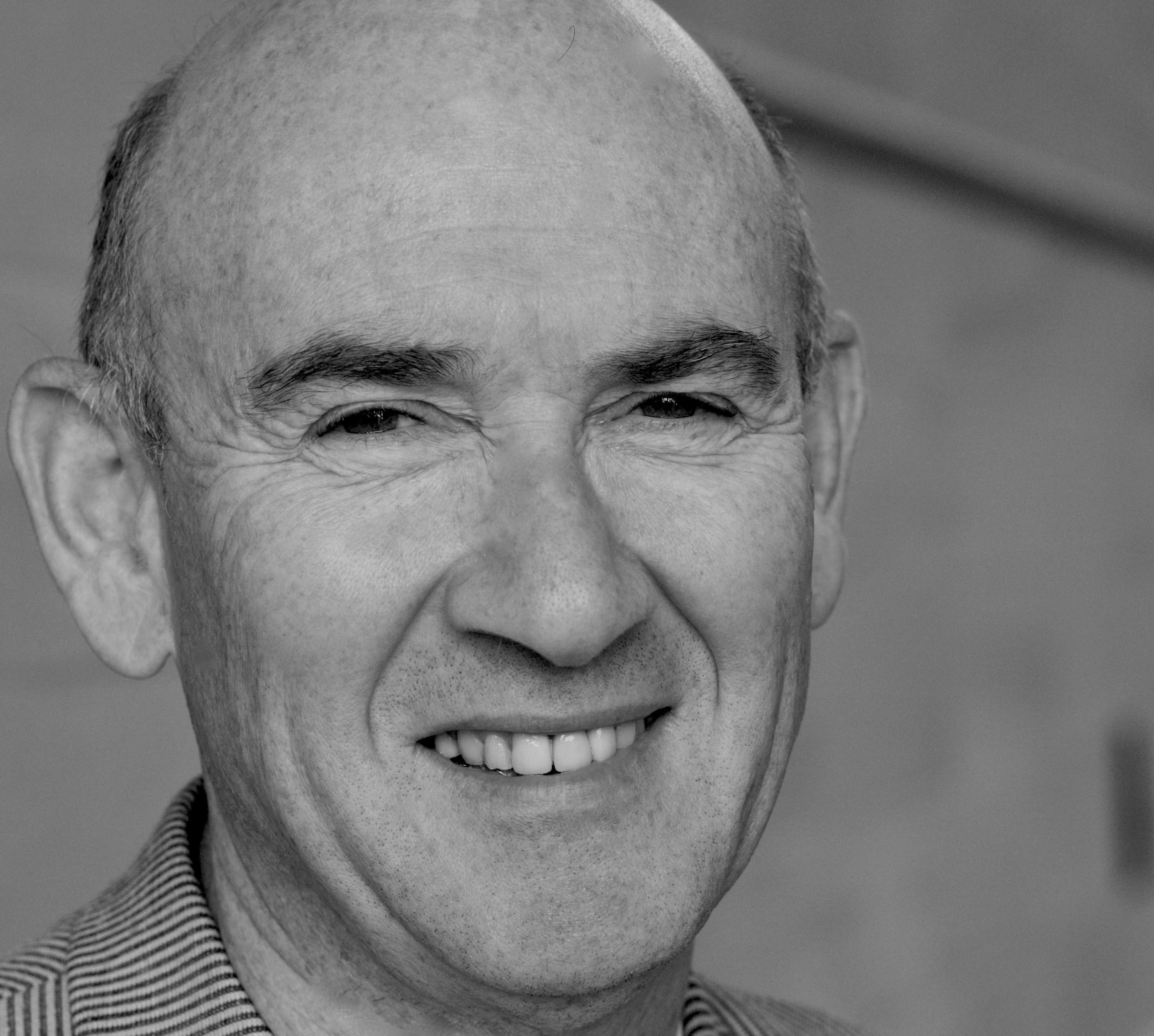
Jeffrey Shaw: Professor Shaw has been a leading figure in new media art since the 1960's. In a prolific oeuvre of widely exhibited and critically acclaimed works he has pioneered and set benchmarks for the creative use of digital media technologies in the fields of virtual and augmented reality, immersive visualization environments, navigable cinematic systems and interactive narrative. Shaw was founding director of the ZKM Institute for Visual Media Karlsruhe (1991-2002), and in 2003 he was awarded an Australian Research Council Federation Fellowship to co-found and direct the UNSW iCinema Centre for Interactive Cinema Research. In 2009 he was appointed Dean of the School of Creative Media at City University Hong Kong, and currently he is Chair Professor of Media Art and Director of the CityU Centre for Applied Computing and Interactive Media in Hong Kong and Chengdu.
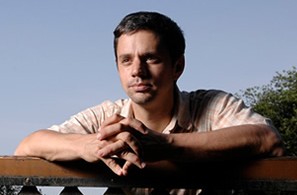
Jean-Yves Le Meur: is currently the head of the CERN's Digital Memory project started in 2016 with the goal of ensuring the long term digital preservation of both historical and recent assets of the organisation. He set up his first web server in 1993, the CERN preprint server, before leading the developments of the CERN Document, Library and Multimedia servers in the following years. In 2002, he launched and managed the underlying open source Institutional Repository software, Invenio as well as its sister application, Indico, dedicated to the capture and management of conference content. Today, these software are used world-wide, and since 2013, Jean-Yves Le Meur has driven the creation of the CERN spin off company TindTechnologies.com that sell services on top of the Invenio framework.
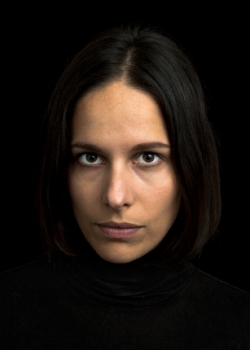 Nora Al Badri: Nora Al-Badri is a multi-disciplinary media artist with a German-Iraqi background. She lives and works in Berlin. She graduated in political sciences at Johann Wolfgang Goethe University in Frankfurt/Main. Her work was featured at The New York Times, BBC, The Times, Artnet, Wired, Le Monde Afrique, Financial Times, Arte TV, The Independent, New Statesmen, Hyperallergic, Smithsonian, Al Ahram, Egypt Today, Vice, Hürriyet, Dezeen, Frankfurter Allgemeine Sonntagszeitung, Spiegel Online, Heise, The Boston Globe, Dezeen, Archdaily, Polska, La informacion, De Volkskrant, Gizmodo, New Scientist, Popular Science and The Verge amongst others. Her works got granted by several institutions like Haus der Kulturen der Welt (HKW), Goethe-Institut, Institut für Auslandsbeziehungen (IfA), German Federal Foreign Office and European Cultural Foundation (ECF), Senate of Berlin City. She has exhibited in the Viktoria and Albert Museums’ Applied Arts Pavilion at La Biennale di Venezia, 3rd Design Biennal Istanbul, ZKM Karlsruhe, Science Gallery, Dublin, NRW Forum, Space Fundacion Telefonica, Berliner Herbstsalon – Gorki Theater, Ars Electronica, Abandon Normal Devices, The Influencers, Gray Area Festival Art& Technology etc.
Nora Al Badri: Nora Al-Badri is a multi-disciplinary media artist with a German-Iraqi background. She lives and works in Berlin. She graduated in political sciences at Johann Wolfgang Goethe University in Frankfurt/Main. Her work was featured at The New York Times, BBC, The Times, Artnet, Wired, Le Monde Afrique, Financial Times, Arte TV, The Independent, New Statesmen, Hyperallergic, Smithsonian, Al Ahram, Egypt Today, Vice, Hürriyet, Dezeen, Frankfurter Allgemeine Sonntagszeitung, Spiegel Online, Heise, The Boston Globe, Dezeen, Archdaily, Polska, La informacion, De Volkskrant, Gizmodo, New Scientist, Popular Science and The Verge amongst others. Her works got granted by several institutions like Haus der Kulturen der Welt (HKW), Goethe-Institut, Institut für Auslandsbeziehungen (IfA), German Federal Foreign Office and European Cultural Foundation (ECF), Senate of Berlin City. She has exhibited in the Viktoria and Albert Museums’ Applied Arts Pavilion at La Biennale di Venezia, 3rd Design Biennal Istanbul, ZKM Karlsruhe, Science Gallery, Dublin, NRW Forum, Space Fundacion Telefonica, Berliner Herbstsalon – Gorki Theater, Ars Electronica, Abandon Normal Devices, The Influencers, Gray Area Festival Art& Technology etc.
Al-Badri regularly gives classes and lectures at universities and museums all over the world such as Techne Institute at University of Buffalo, MassArt Boston, UDK university Berlin, Hochschule Weissensee Berlin, KTH Royal Institute of Technology Stockholm, University of Halle and IRIBA Center for Multimedia Heritage and different Kigali, Warburg Institute and Central Saint Martins College London, UCL London, Einstein Center for Digital Future Berlin, Leuphana University Lüneburg, Museum für Kunst und Gewerbe Hamburg, Migros Foundation, Haus der elektronischen Künste Basel, Mozilla Festival and many more.
Currently she is acting as jury member for the Chaos Communication Congress, Arts & Culture Track, the jury of Berlinale Peace Price from Heinrich Böll Foundation and the jury of the Digital Academy Dortmund.
More info: www.nora-al-badri.de
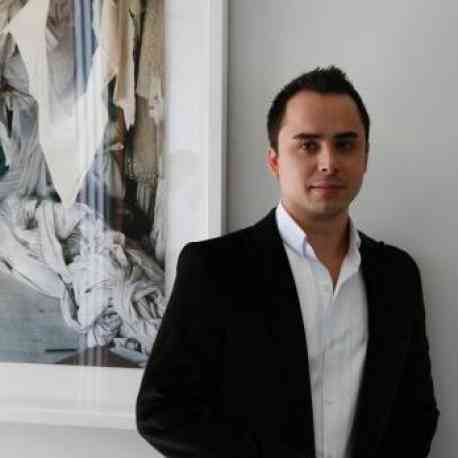 Andrew Yip: I research applications for immersive visualisation and experimental digital technologies to the preservation and interpretation of important cultural heritage sites, collections and museums. I'm interested in how we can use new media platforms to create new, embodied sensory experiences that allow us to understand heritage in innovative ways. I'm also interested in the mechanics of immersive design.
Andrew Yip: I research applications for immersive visualisation and experimental digital technologies to the preservation and interpretation of important cultural heritage sites, collections and museums. I'm interested in how we can use new media platforms to create new, embodied sensory experiences that allow us to understand heritage in innovative ways. I'm also interested in the mechanics of immersive design.
My background is in art history and museums, and I work closely with the GLAM sector on digital conservation, exhibition design and interaction design projects. My 2018 exhibition Henry VR at the AGNSW was the Gallery’s first virtual reality and conservation science exhibition, which used VR technologies to not only communicate complicated scientific data to large audiences, but to enable conservators to analyse and interpret cultural material in new ways. Similarly, my 2017 exhibition Sidney Nolan’s Ned Kelly Unmasked: Virtual Reality allowed Heide Museum of Modern Art to communicate the social history of the Heide site and the significance of Nolan’s practice to Australian identity and mythology through the experimental installation.
At UNSW my research practice is based at the iCinema Centre for Interactive Cinema Research, one of the world's leading 3D visualisation laboratories and a focal point for UNSW Art & Design's research strengths in immersive visualisation. At iCinema I am the resident 3D artist, overseeing visual and interactive content for immersive applications. I am also director of the Ultra High Resolution Scanning Lab, which is part of the cross-faculty Design Next initiative.
Website: http://www.andrewyip.org/
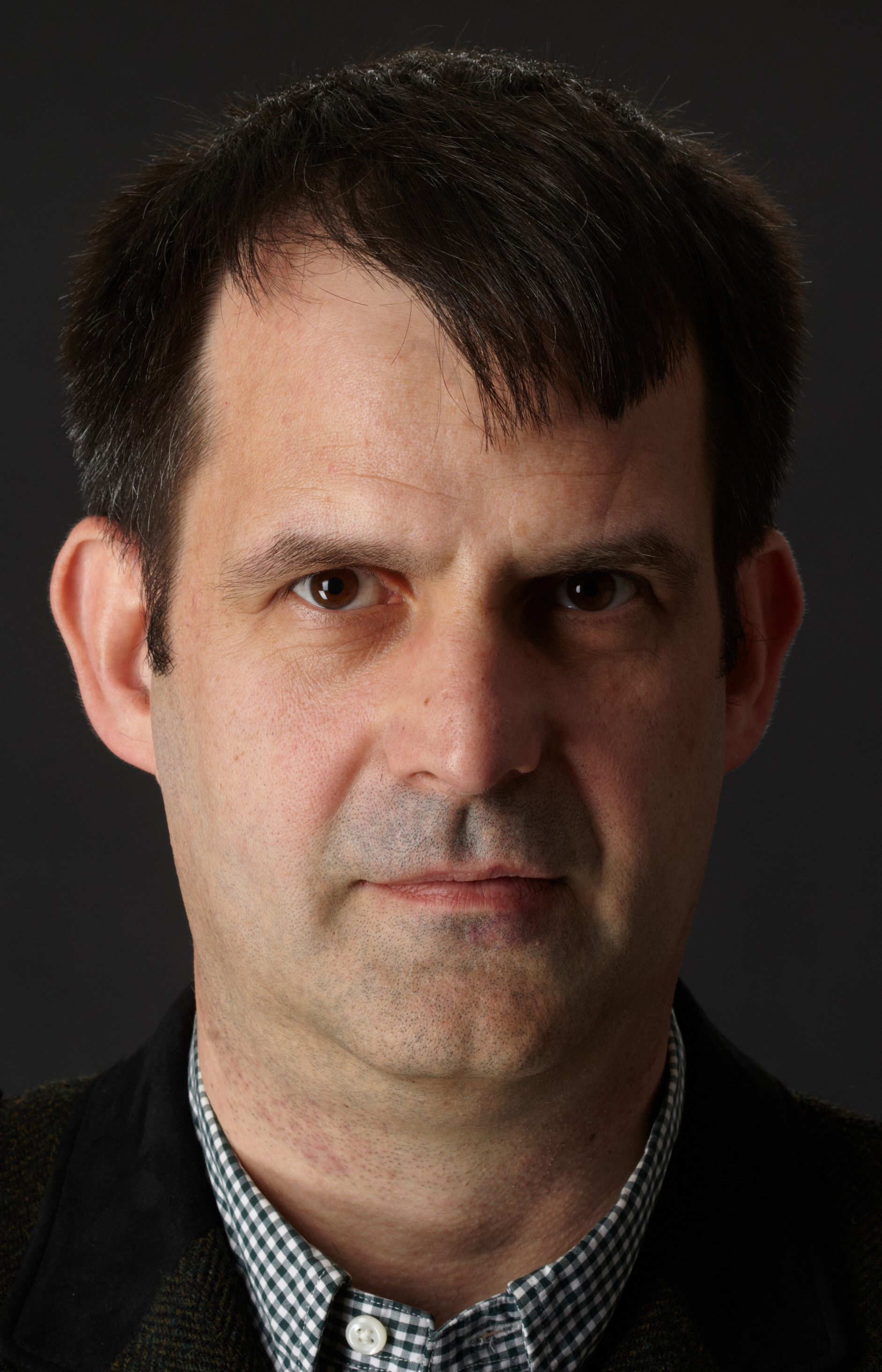 Prof Harald Kraemer
Prof Harald Kraemer
Currently Harald Peter Kraemer is Associate Professor at School of Creative Media of City University of Hong Kong and Head of the Curating Art & Media stream of the Master of Arts in Creative Media program (H.Kraemer@cityu.edu.hk). CV Since his PhD in Art History on Museum Informatics & Digital Collections and his MA in Museum and Curatorial Studies, he has been involved in more than 120 museum projects including numerous collection management databases and interactive media applications such as Virtual Transfer Musée Suisse, Artcampus or Vienna Walk. He curated and designed exhibitions like ISEA2016 in Hong Kong, The Age of Experience (HK 2015/Vienna 2016) or Interval in Space (Nairs/HK 2017) as well as several shows for lotsremark Projects in Basel (lotsremark.net). Kraemer has written and published widely on hypermedia design, museum informatics, digital collections, and contemporary art.
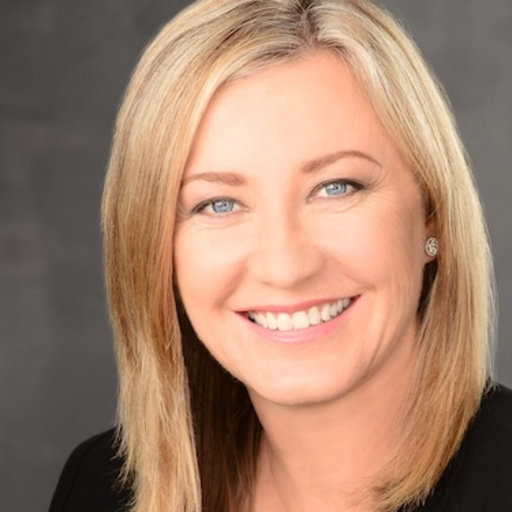 Dr Marnie Feneley:
Dr Marnie Feneley:
Lecturer in Asian Studies, FASS, UNSW, Art Historian, Researcher, VR Environments, Educational Design
Dr. Marnie Feneley is a lecturer in Asian Studies at UNSW. She uses digital technology to investigate cross-disciplinary research in archaeology, art history and historiography in Asia /Southeast Asia. Her research includes the maritime transmission of Buddhism to Southeast Asia (Atlas of Maritime Buddhism) and Vaiṣṇava religion and sculpture in Cambodia. She is also conducting research into the effect Immersive Learning Environments have on deep learning through situational experience.
Relevant articles
Reconstructing God: Proposing a New Date for the West Mebon Visnu, Using Digital Reconstruction and Artefactual Analysis.
https://doi.org/10.1080/14434318.2017.1451197
Models online
https://sketchfab.com/francecollections/collections/musee-guimet
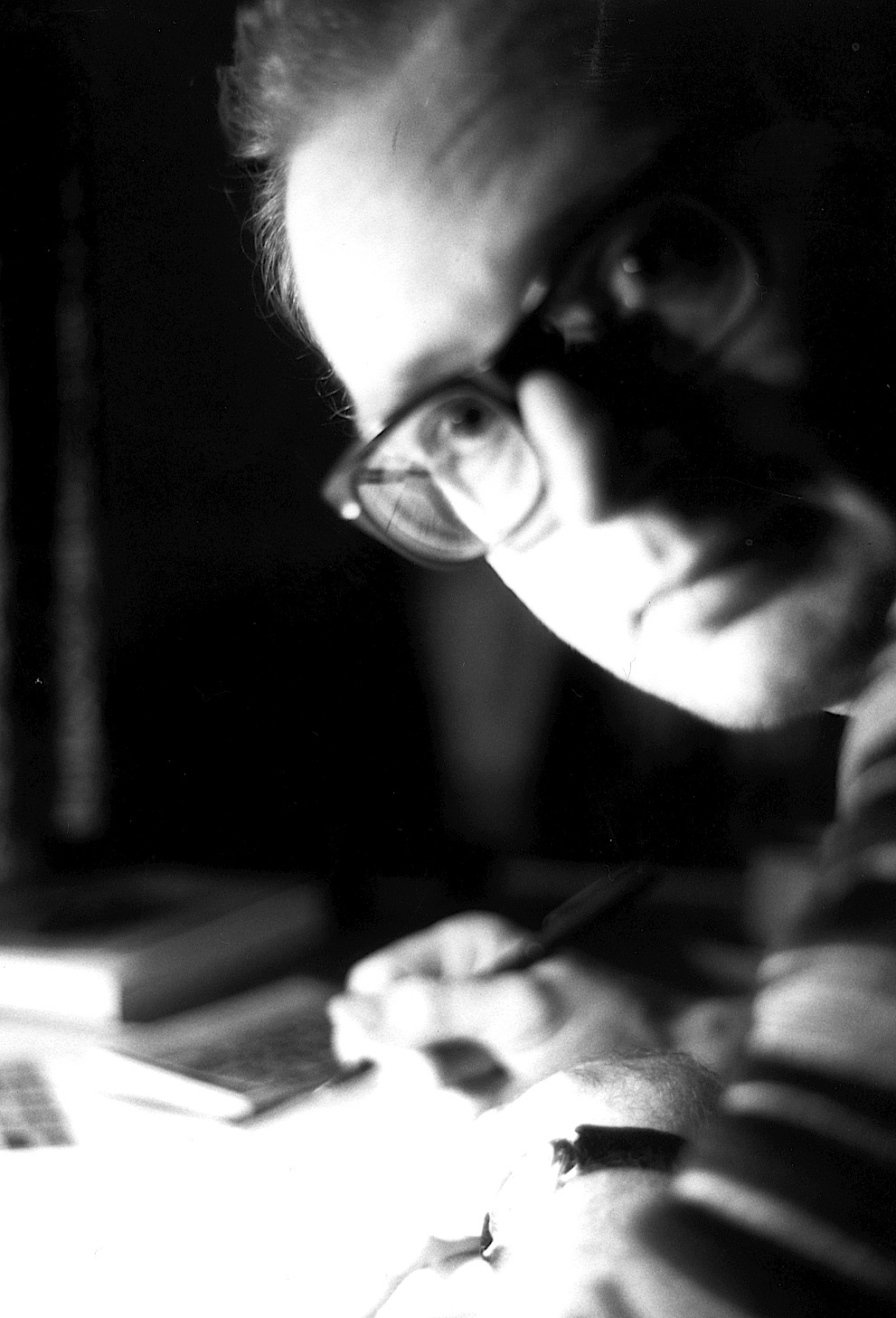 Paul Doornbusch: is an Australian composer of mostly chamber, electroacoustic, computer, instrumental choral, and multimedia works that have are performed in the Americas, Asia and Europe. Doornbusch’s research interests include algorithmic composition, Digital Signal Processing and new concepts of form in music. After undergraduate studies at the University of Melbourne with Barry Conyngham and Peter Tahourdin, Dr. Doornbusch studied electronic and instrumental composition and performance with Paul Berg, Gilius van Bergeijk and Richard Barrett at the Instituut voor Sonologie of the Koninklijk Conservatorium in Den Haag. His music has been performed in Argentina, Australia, Belgium, Canada, France, Germany, Iceland, Ireland, Italy, Japan, Lithuania, the Netherlands, New Zealand, Poland, Switzerland, the UK, and the USA.
Paul Doornbusch: is an Australian composer of mostly chamber, electroacoustic, computer, instrumental choral, and multimedia works that have are performed in the Americas, Asia and Europe. Doornbusch’s research interests include algorithmic composition, Digital Signal Processing and new concepts of form in music. After undergraduate studies at the University of Melbourne with Barry Conyngham and Peter Tahourdin, Dr. Doornbusch studied electronic and instrumental composition and performance with Paul Berg, Gilius van Bergeijk and Richard Barrett at the Instituut voor Sonologie of the Koninklijk Conservatorium in Den Haag. His music has been performed in Argentina, Australia, Belgium, Canada, France, Germany, Iceland, Ireland, Italy, Japan, Lithuania, the Netherlands, New Zealand, Poland, Switzerland, the UK, and the USA.
As a scholar, he has written articles on algorithmic composition, computer music, mapping, and virtual reality for publications in Australia, the UK and the USA and has given presentations in Australia, China, France, Japan, Germany, Italy, India, USA and Sweden. In addition, he has written the book The Music of CSIRAC and two chapters about the history of computer music for The Oxford Handbook of Computer Music.
He served as head of a research project to reconstruct the music of the computer CSIRAC at the University of Melbourne in 2001, now recognised as the first music played by a computer. He later worked as a researcher of music, DSP, sound spatialisation and technologies in virtual reality at RMIT University in Melbourne from 2001–05 and has collaborated with Sarah Kenderdine and Jeffrey Shaw on the project PLACE–Hampi since 2005 which has toured the world since.
While teaching in Australia, France, Germany, Holland and New Zealand, Dr. Doornbusch has taught advanced techniques of digital synthesis, DSP, algorithmic composition, hardware hacking, history and analysis of electronic music, performance of electronic music, recording technology, audio theory, and techniques of analogue and digital studios. He has served as Associate Dean of the Australian College of the Arts in Melbourne since 2011.
- Ce wiki
- Cette page
